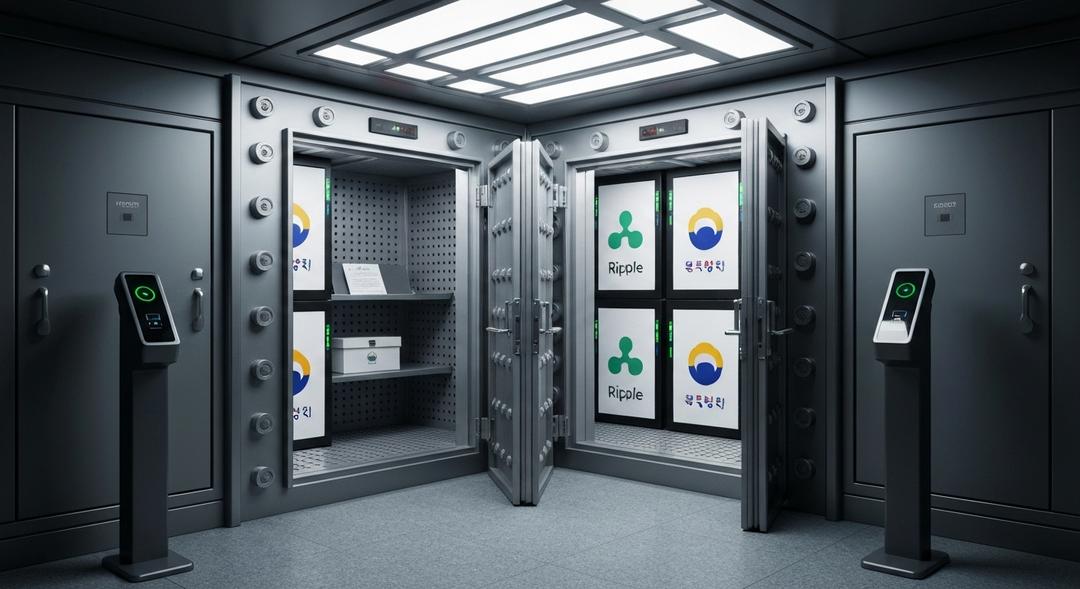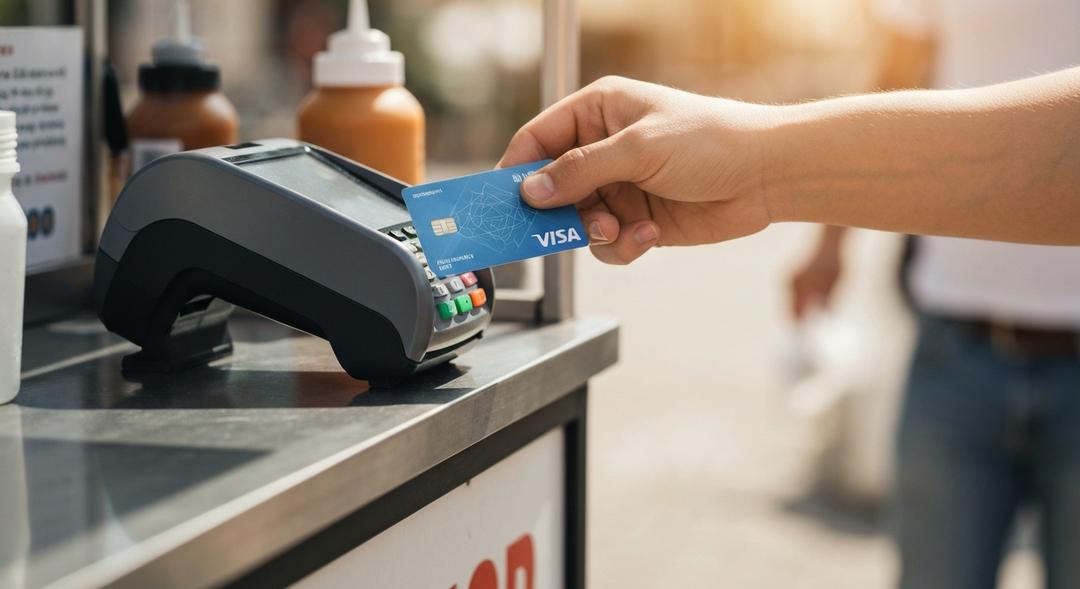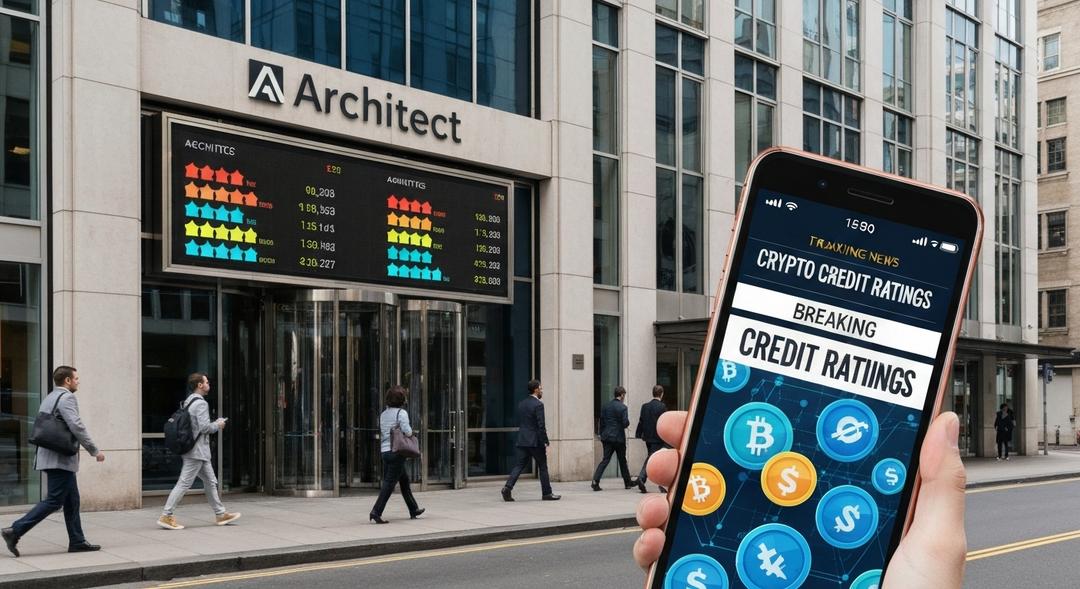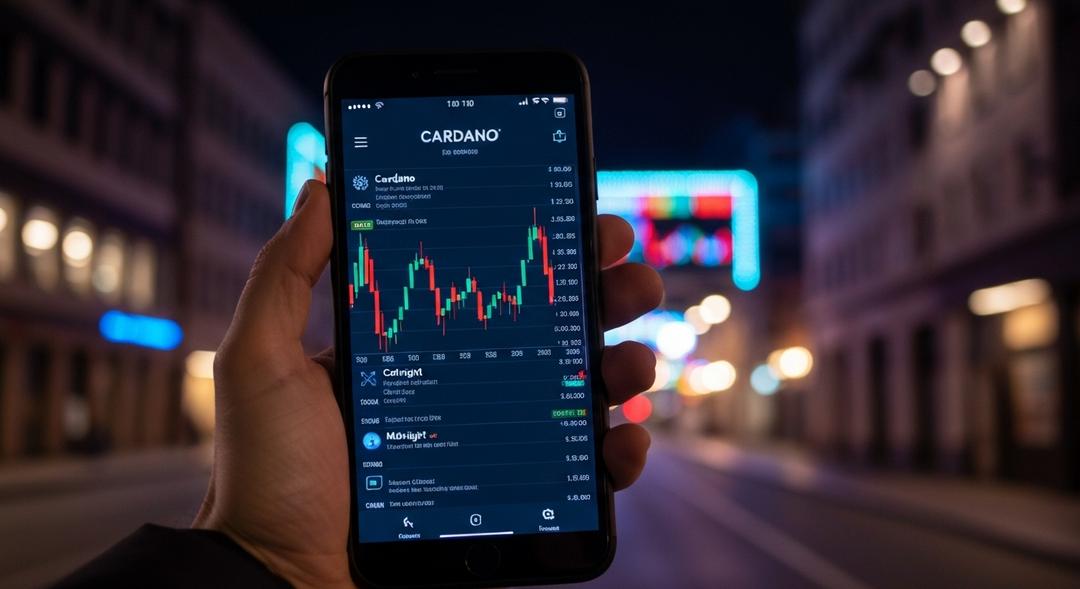Ripple and BDACS have achieved a major milestone in South Korea. Institutional support for XRP has officially launched through the regulated custodian BDACS.
This achievement marks the first visible result of the strategic partnership between Ripple and BDACS, initially unveiled in February. The introduction of XRP for custody services was announced by BDACS, a regulated platform designed to serve a wide range of institutional clients throughout the country.
BDACS, in a public statement on August 5, highlighted the launch of XRP support, positioning it as a big step for the digital assets industry in South Korea. This development follows months of collaborative groundwork between the American blockchain company Ripple and BDACS.
Regulated by the financial authorities in South Korea, BDACS has a reputation for providing robust custody solutions to institutions involved in cryptocurrency. Its recent move to integrate XRP custody aligns with the nation’s financial roadmap, which aims to foster increased institutional engagement in digital assets.
Not only does this partnership support ripple’s key ambitions, but it also advances South Korea’s broader plan to lead in blockchain innovation. By adopting the latest upgrades and regulatory frameworks, BDACS aims to bring new levels of safety and accessibility to the market.
BDACS also announced future support for RLUSD, the new stablecoin from Ripple that is pegged to the US Dollar and designed to meet institutional needs. The integration relies on Ripple Custody, a software platform specifically built for securely managing digital assets at scale.
The August rollout of XRP custody demonstrates the company’s commitment to regulated access for digital assets. BDACS and Ripple have moved swiftly since formalizing their agreement earlier in the year.
Through this expanded custody service, South Korean institutions now gain regulated and streamlined methods for handling XRP. This improved access may spur new kinds of blockchain projects, including those centered around stablecoins and tokenization.
Ripple’s partnership with BDACS was not simply about offering custody. It was also intended to build a fertile environment for blockchain developers and innovators on the XRP Ledger. Both companies believe in unlocking fresh opportunities for stablecoin implementation and asset tokenization.
According to BDACS, research suggests that the potential market for cryptocurrency custody could reach $16 trillion globally by the year 2030. Additionally, it is projected that as much as ten percent of the worldwide GDP may be represented through tokenized assets in the same timeframe.
From Ripple’s perspective, the Asia Pacific market is witnessing an uptick in blockchain adoption, fueled by changing regulations and mounting investor interest. The collaboration with BDACS positions both institutions to play a leading role in this transformation.
Fiona Murray, who manages Ripple’s operations for Asia Pacific, described the partnership as timely and significant, particularly as Korean regulations around digital assets continue to evolve. Harry Ryoo, CEO of BDACS, expressed a commitment to delivering trustworthy custody services to help accelerate Ripple’s blockchain vision locally.
XRP, at the center of this collaboration, serves as the main cryptocurrency for the XRP Ledger. This blockchain is widely recognized for its efficiency and low transaction costs, factors that have contributed to XRP’s broad adoption among enterprises and financial institutions alike.
Ripple’s new stablecoin RLUSD is poised to add another layer of utility for corporations and financial organizations seeking both reliability and compliance. The partnership helps reinforce BDACS’s ongoing efforts to serve as an advanced digital asset custodian under South Korea’s increasing regulatory clarity.
BDACS itself has formed partnerships with notable blockchain entities, including Avalanche and Polymesh, as well as prominent financial institutions like Woori Bank. Its involvement with Busan’s blockchain regulation-free zone further signals BDACS’s strategy to operate where innovation meets compliance.
Ripple and BDACS have highlighted their determination to make South Korea a center for institutional-grade custody and cutting edge blockchain adoption. These actions reflect a larger trend in Asia, where more markets are embracing regulated custody and blockchain-based tokenization.
As the digital assets landscape grows ever more competitive, South Korean institutions now have the tools and regulatory assurances needed to manage, secure and transfer assets like XRP. Industry watchers will be keeping a close eye on how these moves impact broader digital asset adoption.
The business implications stretch far beyond this one launch. As the infrastructure for secure and compliant asset management matures, South Korea’s role as a blockchain leader in Asia will likely grow, inspiring additional investments and partnerships from around the globe.
Amid this climate, the opportunity to Start Cloud Mining grows more appealing to individuals and organizations looking to capitalize on reliable digital asset infrastructure with solid institutional backing.
Conclusion
The launch of XRP custody by BDACS, in partnership with Ripple, signals a new era for regulated digital asset services in South Korea. With Ripple’s expertise combined with BDACS’s local presence, institutions now have more secure methods to manage and store their assets, which could further drive interest in blockchain adoption.
This breakthrough strengthens South Korea’s growing position as a leader in blockchain innovation while providing clear benefits for both enterprises and the broader digital asset community. As the market continues to evolve, the collaboration sets a new standard in reliability, security and regulatory compliance for institutional blockchain services.

Ewan’s fascination with cryptocurrency started through his curiosity about innovative technologies reshaping the financial world. Over the past four years, he has specialized in cloud mining and crypto asset management, diving deep into mining contracts, profitability analysis, and emerging trends. Ewan is dedicated to helping readers understand the technical and economic aspects of crypto mining, making complex information accessible and actionable.




